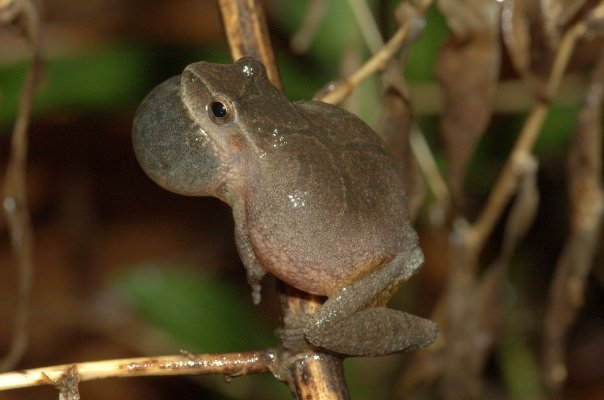BEHAVIORAL RESPONSES OF ADULT AND NEONATE SCELOPORUS CONSOBRINUS LIZARDS TO PREDATORY ODORS
DOI:
https://doi.org/10.17161/jnah.v2024i1.21339Keywords:
Sceloporus, antipredator behavior, odor detection, age-classAbstract
Abstract: Lizards of the genus Sceloporus are known for their ability to detect conspecific odors. This study will determine whether they can also use their chemosensory abilities to detect the odors of one of their predators: Coluber flagellum (Coachwhip snake). The experiment also looked for differences in behavioral reactions to predator odors between adult and neonate lizards. Behaviors lizards displayed in response to predatory snake odors on sheets of filter paper were recorded and compared to behaviors lizards showed to a series of control odors (water, pungent odor, and non-predatory snake odor). We recorded the number of tongue flicks, substrate touches, glass jumps, tail wiggles, time spent cage dancing, time spent in retreat, and amount of time spent on filter paper by testing lizards for all four odor treatments. There were no significant differences in the number of times these behaviors were performed by lizards among the treatments. Thus, this study found no evidence that Sceloporus can distinguish the odors of the predatory snake C. flagellum from other odors. However, this study did show that neonate lizards exhibited fewer odor detection behaviors than adults, in particular adult males, and so are potentially less able to detect odors.
Downloads
Published
Issue
Section
License
Copyright (c) 2024 Rance Kingfisher, Mark Paulissen

This work is licensed under a Creative Commons Attribution-NonCommercial 4.0 International License.
Copyright is held by the authors. Articles in JNAH are made available under a Creative Commons Attribution-NonCommercial 4.0 International license.

